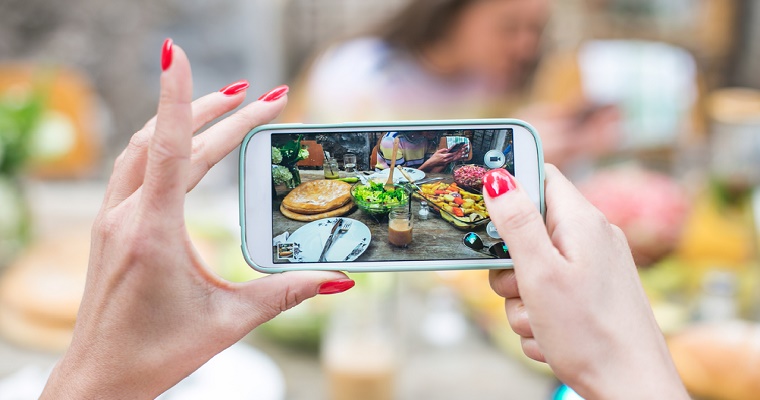There is a lot of fascination with Millennials and for good reason. Not only do they make up a trillion-dollar demographic, according to a 2014 study by Accenture, they are also a massive generation in terms of size, accounting for nearly 80 million people in the U.S.. Their estimated spending is close to $600 billion and they have about 21 percent of consumer discretionary purchase power. Millennials are a consumer force to be reckoned with.
A Unique Generation
Let’s take a step back for a moment and examine the Millennial generation. They are defined as individuals born between 1980 and 2000 and have been referred to as the “always connected” generation due to their close relationship with technology. Research has shown that their values have been influenced from such historic events such as the Great Recession, 9/11, and the election of the first African-American president: Barack Obama.
When it comes to these facts, what should you know as a marketer? Millennials want to participate with a brand’s marketing. They tend to strive for a healthier lifestyle and want to align themselves with an authentic cause.
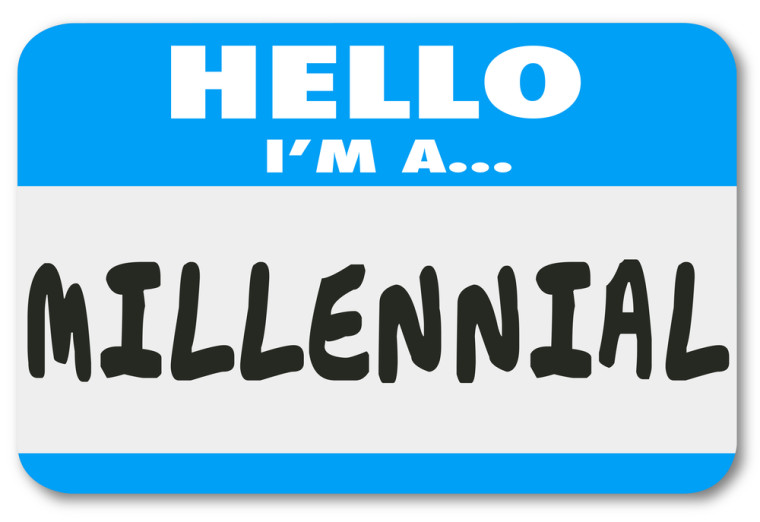
A huge mistake to avoid when it comes to understanding and marketing to Millennials is that they should not be viewed as one uniform group. Today, Millennials’ ages can range from 21 to 35.
I can speak for myself in saying that I am a very different consumer than a college student. When developing marketing strategies, marketers have to consider the stage of life of the Millennial and the impact their age has on his or her behavior.
Many brands have already gotten this concept right; ten of them are described below.
10 Great Examples of Millennial Marketing
1. Chipotle
Chipotle has nailed Millennial marketing and is a great example. As a brand known for placing high value on fresh ingredients and offering a “build-your-own” burrito, bowl, or taco, Chipotle has created an interactive experience for its customers. The ingredients and experience are appealing to Millennials; plus, Chipotle figured out how to get its message out in a unique way. This casual food chain developed a fictional web series, “Farmed and Dangerous,” which featured a Millennial-aged sustainable farmer as the main character. In the comedy series, the farmer named Chip, battles a corrupt industrial food production company. The web series has its own website, which includes music, behind the scenes clips, and even show trivia.
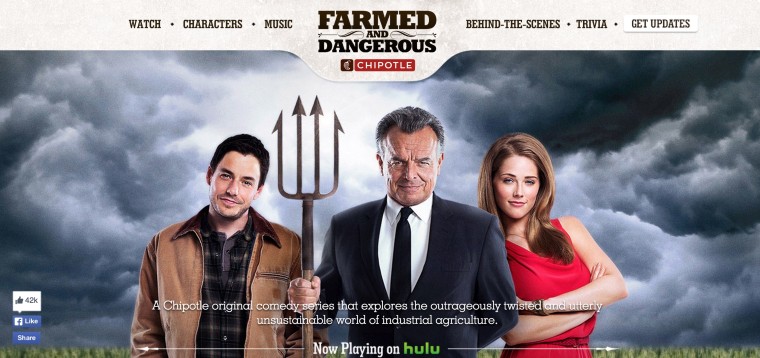
Before the first episode aired, Chipotle released an iPhone game, “The Scarecrow,” and a short video with the same title. Both the game and video were centered on a scarecrow’s quest to replace processed food with wholesome food.
What Chipotle did right: Created an experience that Millennials could participate in and developed shareable content.
2. TOMS
In 2009, Simon Sinek gave an amazing TED Talk about “the why,” which has to do with creating your purpose. It also translates directly to businesses and has caused brands to reevaluate their purpose. In a Journal of Brand Strategy article titled, “How to engage Millennials: Re-imagining the consumer as a partner, not a target audience, to increase engagement,” the authors talked about “the why” and how it translates to a concept known as story living. Millennials want to live the story and TOMS has done an amazing job letting them.
Blake Mycoskie, the founder of TOMS, traveled to a small village in Argentina and discovered that the people living there had no shoes. He then went on to create his company based upon a unique model—for every pair of shoes sold, TOMS would donate a pair to someone in need. Since its inception, TOMS has grown into a multi-million dollar company. The company has created a culture where philanthropy and profit can co-exist and has encouraged customer interaction. Customers can share their stories, experiences, and photos as a way to raise awareness.
What TOMS did right: Allowed Millennials to live the story and align themselves with a brand that has a cause.
3. Netflix
This publicly traded video streaming company has figured out how to continue to attract Millennials, despite the generation’s growing needs and lifestyle. Netflix keeps a close eye on Millennials and has used social media to attract and engage them. The company has extensively used Twitter, Facebook, and other social media platforms in their Millennial marketing efforts.
Millennials want to be able to share content with friends and Netflix has accommodated this desire with its social settings and features that connect Netflix and Facebook accounts. Not only does this sharing capability appease Millennials, it also helps Netflix to continue to advertise its brand to individuals who may not have subscribed yet to the video streaming service.
With its exclusive content, ease-of-use, and constantly upgraded applications, Netflix has been able to evolve right alongside Millennials.
What Netflix did right: Recognized the evolving lifestyles of Millennials and changed with them.
4. Dollar Shave Club
Admittedly, I love how Dollar Shave Club disrupted the personal grooming market and have used this business as an example in articles and presentations. This innovative company came on the scene with a radical pricing model and impressive marketing approach. For a small monthly fee, you can have razors and grooming products delivered to your house. At the same time, you get to join a community.
With the humorous online video and catchy line, “our blades our f***ing great,” Dollar Shave Club quickly became a well-known brand. This company has continued to develop its community by producing entertaining, relevant content.
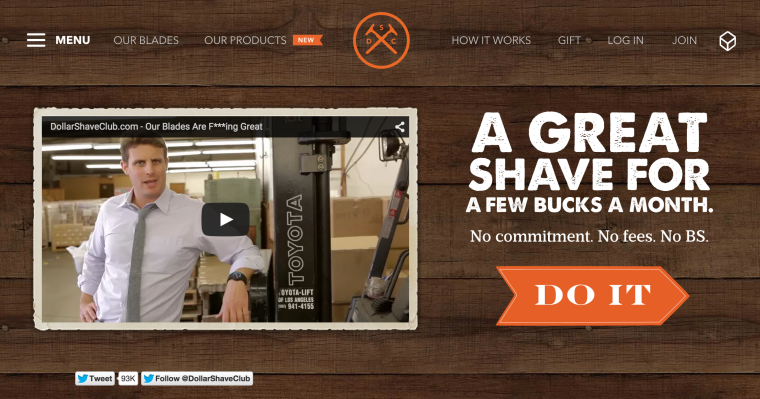
What Dollar Shave Club did right: Disrupted the market with an innovative approach to pricing and marketing.
5. NFL and McDonald’s
Some brands are hesitant to embrace Millennials—really any consumers—as content creators, which can be a big mistake. Millennials want to contribute to the brand and allowing them to create content can go a long way. The YouTube series, “Bad Lip Reading,” is a great example. According to the creator of the series, he puts words in other people’s mouths. The result is an entire series of funny videos, including NFL versions (the 2015 NFL clip currently has over 24 million views). The NFL could have gone on the defensive with these videos, but instead embraced the trend and partnered with McDonald’s to create their own video. The commercial advertises McDonald’s Mighty Wings and features NFL players and a whole lot of bad lip-reading.
What NFL and McDonald’s did right: Increased brand loyalty by embracing trends and joining in the fun.
6. Gillette
Somehow I ended up with two companies that sell razors on my list of great examples of Millennial marketing, but I couldn’t ignore Gillette. A couple of years ago, Gillette kicked off the “Kiss & Tell” campaign and called for the input of women across the United States. After conducting a survey of 1,000 women, Gillette concluded that one-third of the participants had actually avoided kissing a guy because of his facial hair.
Gillette’s Kiss & Tell campaign included a YouTube documentary, website and live “experiments”. According to a Gillette press release, “with signs pointing to stubble as the culprit in the decline of kissing, Gillette® is asking America to weigh in by launching a nationwide Kiss & Tell live experiment.”
This campaign gained traction, causing people to participant enmasse—the Kiss & Tell documentary video attracted 2 million views on YouTube. The video is no longer available on YouTube, but you can view it on Gillette’s Facebook page.
What was so great about the campaign is at the very end, Gillette concluded that women prefer a smooth shaven kiss and announced the launch of its Sensitive Skin Portfolio.
What Gillette did right: Gave consumers the opportunity to contribute to its marketing and become part of a new product line.
7. AT&T
AT&T has learned a thing or two about Millennials using an internal team of Millennials working on youth marketing campaigns, which is constantly looking at the data to learn more. That could be among the many reasons why AT&T was one of the most successful brands on Tumblr last year.
The company decided to advertise on Tumblr because of the reach to both desktop and mobile users. AT&T created a sponsored post that spoke to a common feeling people have when they are in relationships. The popular post was simple, as it depicted a text message that read, “when you know what you want call me”. AT&T made the decision to go after a moment many of us experience in life instead of a traditional marketing message. The result was an ad that spoke directly to its Millennial customers and gained a far reach.
What AT&T did right: Followed Millennials and created an ad that spoke directly to a personal moment in life.
8. Uber
Millennials are all about sharing, specifically a sharing economy. Unlike some of the older generations, Millennials are not as into cars, but they are into convenience, and Uber knows it. Uber has encompassed both of these trends into its service and marketing strategy and makes it incredibly easy to find a ride and pay for it using its smartphone app.
Uber has also done a great job marketing to Millennials. For example, did you hear about #UberKITTENS? It is a campaign that Uber ran on National Cat Day. Using the Uber app, you could have kittens delivered to your house. Uber has also capitalized on the show Boardwalk Empire and movie Transformers: Age of Extinction by creating contests that allowed lucky winners to get a very special ride.
What Uber did right: Knew their target market, focused on convenience, and offered something unique.
9. Coca-Cola
If you really want to win customers over, use their names. Coca-Cola utilized this approach in a powerful way with its “Share a Coke” campaign. What better way to increase sales than to make bottles personalized to customers? According to The Wall Street Journal, Coca-Cola’s soft-drinks sales in the U.S. went up 2% after launching this campaign. The campaign put 250 of the most popular names among teens and Millennials on 20-ounce bottles.
The result? A customized and personal product, as well as share-worthy content. Coca-Cola even created a website wrapped around this campaign that lets customers discover facts about their names, order customized bottles, and find out event dates for the Share a Coke tour.
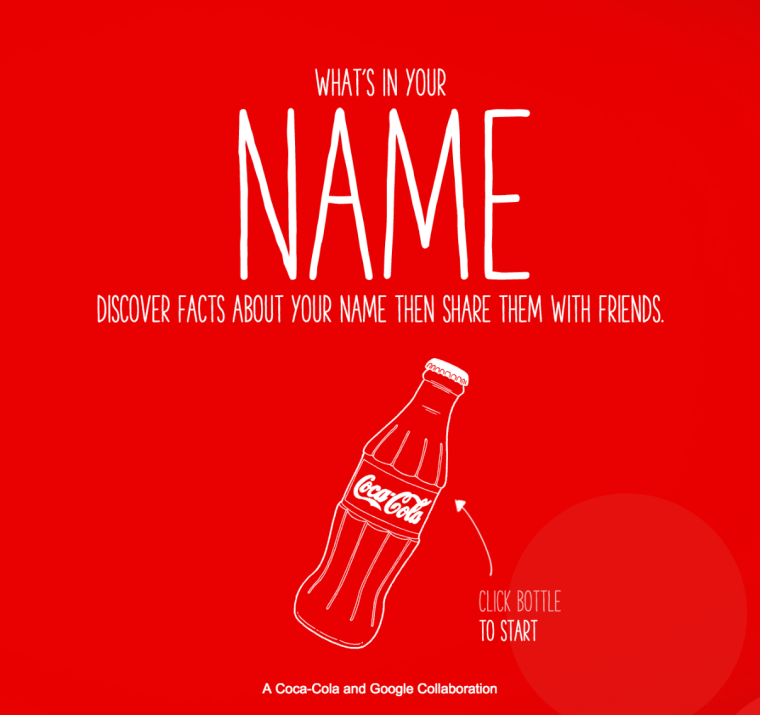
What Coca-Cola did right: Made its products personal and customizable.
10. Tide (Proctor & Gamble)
Millennials want products that provide convenience and are energy-efficient, which may explain why Tide Pods have done so well among this generation. One of the early video commercials for Tide Pods focused on the innovation behind the product, as well as its no-fuss qualities.
Plus, the commercial boasted that Pods “provide excellent results with minimal time and effort,” a message that speaks directly to Millennials’ quest for convenience. No longer would apartment dwellers have to lug the entire bottle of laundry soap to the laundry mat or worry about wasting soap by pouring too much into the washing machine.
What Tide did right: Solved a need for Millennials and created the marketing message to back it up.
Millennial Marketing Takeaways
How can your business successfully market to Millennials? Follow the footsteps of the brands that got it right by doing some (or all) of the following:
- Create an experience in which Millennials can participate.
- Develop content that encourages shares.
- Provide Millennials with the opportunity to live the story with your brand.
- Align your brand with a cause, so that Millennials will align with you.
- Recognize the evolving lifestyles of Millennials and don’t be afraid to change with them.
- Disrupt the market with an innovative approach to pricing and marketing.
- Increase brand loyalty by embracing trends and joining in the fun.
- Allow your customers to contribute to your marketing and be involved in the development of a new product line.
- Create ads that speak directly to a personal moment in a Millennial’s life.
- Go where the Millennials are (social and mobile).
- Focus on a product or service that is convenient for Millennials.
- Offer something that speaks to the Millennial’s desire for uniqueness.
- Make your product personal and customizable.
- Solve a need for Millennials and create a marketing message to back it up.
Above all else, look at Millennial marketing as a great opportunity, and have some fun with it!
Have you created a successful Millennial marketing campaign? If so, feel free to share some tips or advice in the comments section below.
Image Credits
Featured Image: Shutterstock.com. Used under license.
In-post photo: Shutterstock.com. Used under license.
All screenshots via Mindy Weinstein. Taken June 2015

